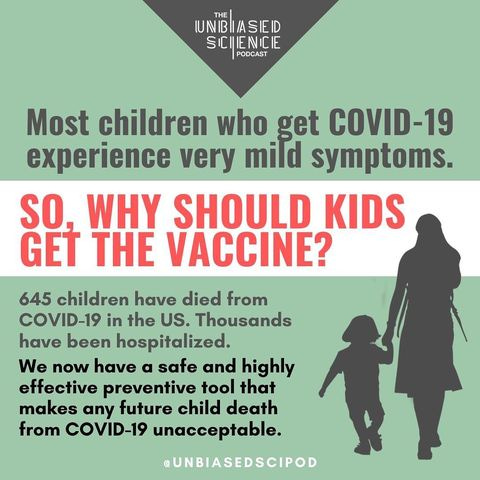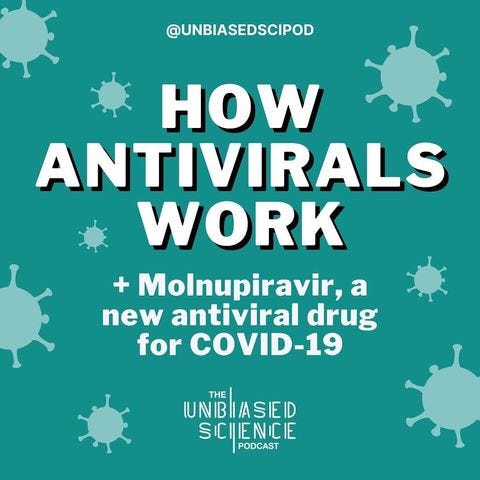The Dose: Stress-Relieving Fractals
Pfizer approved for children, stress-relieving fractals and experience cities 2 degrees warmer
Welcome to The Dose! If you haven’t already, subscribe to receive the latest pandemic updates and some exciting, beautiful science twice a month right in your inbox.
The Serious Stuff
In this section, we share the most important pandemic and science updates.
🤾♂️ Kids, get in line. Children aged 5-11 years old in the US can now get vaccinated with the Pfizer-BioNTech COVID-19 vaccine. The dose for kids is lower at 10 micrograms (compared to 30 micrograms for those 12 and up) and the dosing regimen remains the same at 2 doses, given at least 21 days apart. No adverse effects of special interest such as myocarditis, pericarditis or anaphylaxis were reported during the clinical trials. Once fully vaccinated, children can enjoy increased safety when attending school and socializing with friends and family. Read more
💉 Why vaccinate kids. The US has already lost 645 children to COVID-9, making the disease one of the top 10 causes of death for kids aged 5-11. More than 8,300 of our kids have also been hospitalized, with many experiencing long-term symptoms such as fatigue, shortness of breath and unexplained fevers among others. All of this could be prevented with the vaccine, which has been found to be safe and effective for our little ones. Read more
💊 The COVID-19 antiviral. Molnupiravir by Merck and Ridgeback Biotherapeutics is the first oral antiviral shown to be effective against COVID-19. Phase 3 clinical trials found that this drug reduced the risk of hospitalization or death by 50% among patients with mild-moderate COVID-19 infections. It works by inhibiting the SARS-CoV-2 virus from replicating. While not a replacement for vaccination, Molnupiravir has the potential to save lives and reduce the burdens on our overloaded hospitals. Read more
The Beautiful Stuff
In this section, we share pieces at the intersection of science and art that have us obsessed.
🎨 @KateGravett. How would you capture the delight and warmth of a hug or cuddle? Katherine Gravett’s attempt is nothing short of stunning. An artist whose works lie at the convergence of psychology and neuroscience, we find that her artistic genius moves the soul like nothing else.


💫 Her work is inspired by theories around complexity, emergence and the interaction between order and chaos. If you notice fractal or cellular features in her incredible pieces- that is because influences from neuroscience and the earth sciences permeates her artistic style.



🖼 Her art has been exhibited in scientific, artistic and therapeutic settings. Mesmerized? Read more about her artistic processes here and check out some of her other stunning works as part of the global 100 Day Project.





✨ Beauty relieves stress. Why is looking at trees, ferns and their many branches so soothing to the soul? As visual creatures, we seek out what’s beautiful. And in nature, we seem to be drawn to repetitive patterns called fractals not only because they are pleasing to the eye, but also because they relieve stress.




🍳 Cooking up a vaccine. How do you explain mRNA vaccines to your grandmother? Here’s a quick recipe you can use. We enjoyed this delicious breakdown of how our mRNA vaccines work in our bodies, and your grandma might too.




🔥 They like it hot. Thermus aquaticus is a bacterium first detected in a hydrothermal vent at Yellowstone National Park. Also frequently found in hot springs, these guys thrive in environments too hot for humans. Did you know that the enzyme Taq polymerase, an essential ingredient in polymerase chain reaction (PCR), had been isolated from them?


🌎 Enter the future. What happens if the earth warms two degrees? Check out this immersive visual guide of climate change’s impact on five cities around the world. Do use a desktop and plug in your earpieces for the full experience. Try it out
The Personal Stuff
❤️ The Intern Corner
This week, we asked our team the question, “What are your top three favourite books?”

Jessica Steier: “The Death of Expertise by Tom Nichols, An American Sickness by Elisabeth Rosenthal and Where the Crawdads Sing by Delia Owens.”
Andrea Love: “The Sixth Extinction by Elizabeth Kolbert, Spillover by David Quammen, and The Shipping News by E. Annie Proulx.”
Miguel Borbon: “The Immortal Life of Henrietta Lacks by Rebecca Skloot, The Curious Incident of the Dog in the Night-Time by Mark Haddon and The Unhoneymooners by Christina Lauren.”
April English: “Burnout by Emily Nagoski, Spark by John J. Ratey, Better Now by Dannielle Martin.”
Kelly Burke: “Cat’s Cradle by Kurt Vonnegut, Diatribes, Vol 1 by Noah Lugeons, and Math with Bad Drawings by Ben Orlin.”
Maria Victoria Dreher: “Get Well Soon by Jennifer Wright, Le Petit Prince by Antoine de Saint-Exupéry, and The Silent Patient by Alex Michaelides.”
What are your top three favourite books? Hit reply and let us know!
That’s it for this issue!
If you’re new here, we’d love to have you as a subscriber.
If you enjoyed this piece, feel free to smash the heart button below! What was your favorite feature this week? Comment or hit reply to let us know!
👇






